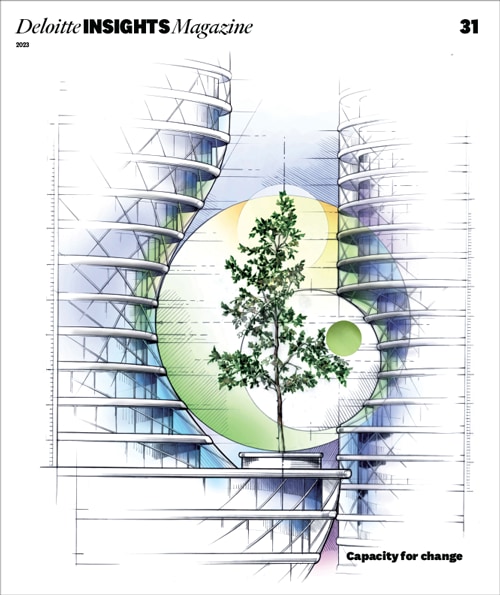The results are consistent with current technology purchasing trends. Many tech buyers today are seeking to collaborate with their vendors, forming a collaborative, tech-enabled relationship rather than a transactional one.9 Among IT buyers, one survey showed that building trust with customers was a key priority for technology companies when addressing the challenges of COVID-19, and that high levels of customer service were critical for building partnerships with IT suppliers as well.10 Trust enabled through the customer experience is thus a key underpinning of a collaborative relationship, adding to the benefits of purchasing a high-quality product.
While the positive impact of great customer service and a tech-enabled customer experience may not be surprising, research findings show the severity of the downside risk, by a factor of more than four times in some instances. Prior studies have shown that businesses could lose more than US$75 billion a year due to poor customer service experiences,11 and our research indicates that low levels of trust could be an important factor explaining such outcomes, for instance, by discouraging customers from going out of their way to purchase from the brand.
Innovation, information, and intelligence
Another key trust-building domain in the tech sector relates to an organization’s ability to invest in innovation, information, and intelligence. For instance, in both surveys, respondents who very strongly agreed that the brand they purchased from leverages research and insights-driven intelligence to make effective business decisions were more likely than average to have chosen the brand over another option. In addition, end users who very strongly agreed that the brand regularly deploys new innovations were also more likely to have recommended the brand to others, to have purchased additional products from the brand, or to have gone out of their way to purchase from or use the brand. Most respondents also indicated that for them, these trust-building actions made them feel that the brand is profitable, likely to increase its market share, and capable of withstanding an economic downturn (figure 6).












